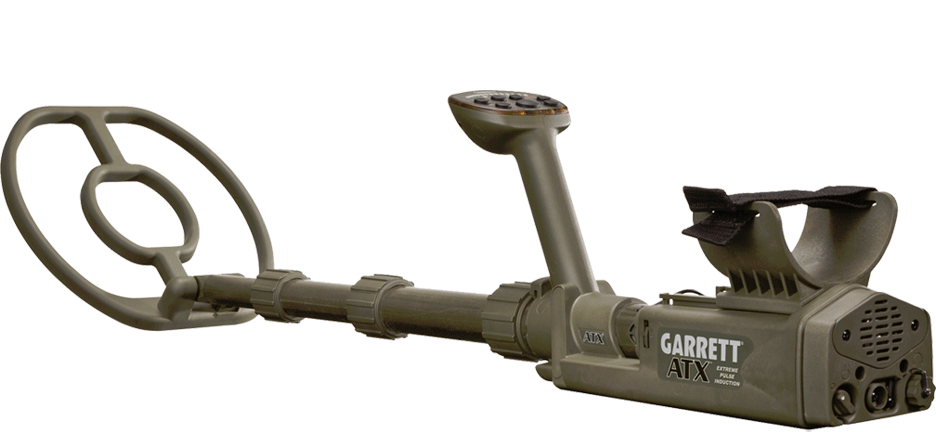I got my ATX about a month ago and am very pleased with it. I have a question about the extension rods. First, none of the extensions are "round". Is there a reason for this, or is this just how the machine is made? Second, the lowest locking unit, for the lowest extension, doesn't seem to move as freely as the first and second locking unit. After using the ATX at the beach, I have to put in a lot more effort getting the lowest locking unit to loosen up. Does anybody else have this problem with the lowest lock? Is there anything that can be put on the rod extensions that may help them glide more easily?
Find's Treasure Forums
Welcome to Find's Treasure Forums, Guests!
You are viewing this forums as a guest which limits you to read only status.
Only registered members may post stories, questions, classifieds, reply to other posts, contact other members using built in messaging and use many other features found on these forums.
Why not register and join us today? It's free! (We don't share your email addresses with anyone.) We keep email addresses of our users to protect them and others from bad people posting things they shouldn't.
Click here to register!
Need Support Help?
Cannot log in?, click here to have new password emailed to you
Changed email? Forgot to update your account with new email address? Need assistance with something else?, click here to go to Find's Support Form and fill out the form.
ATX Extension Rods
- Thread starter unearth
- Start date


